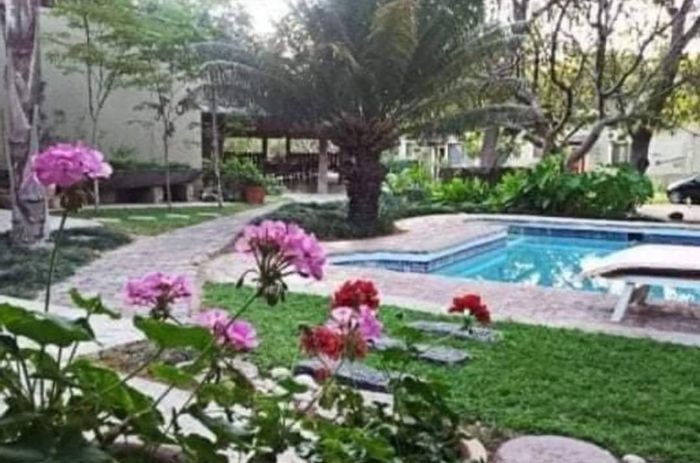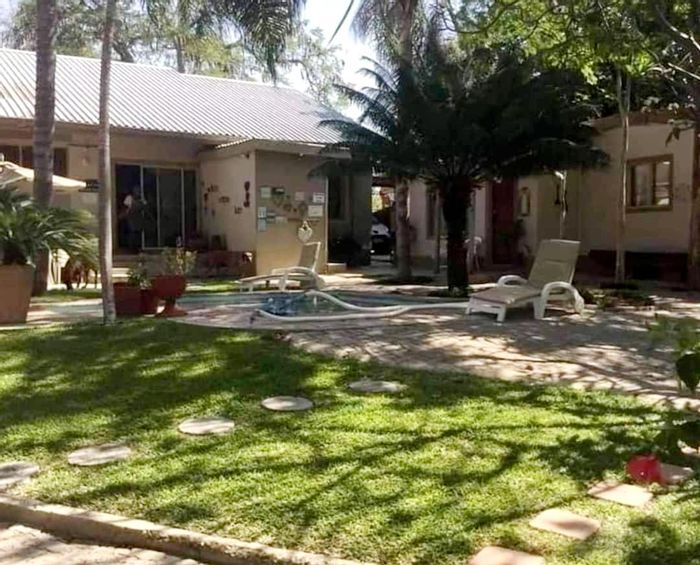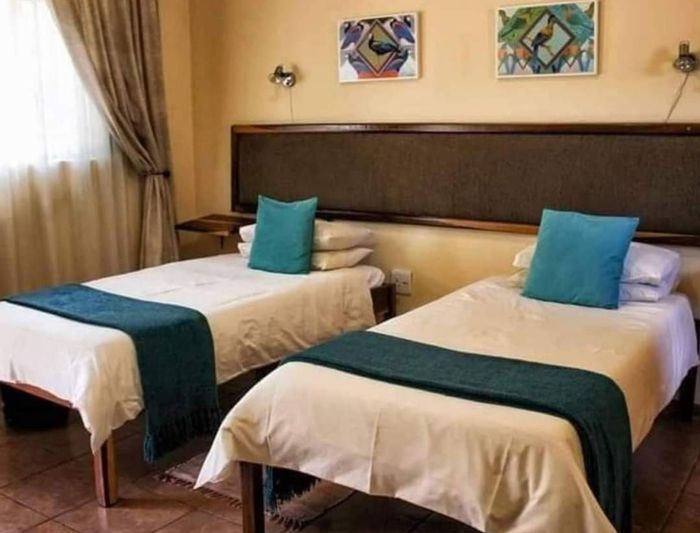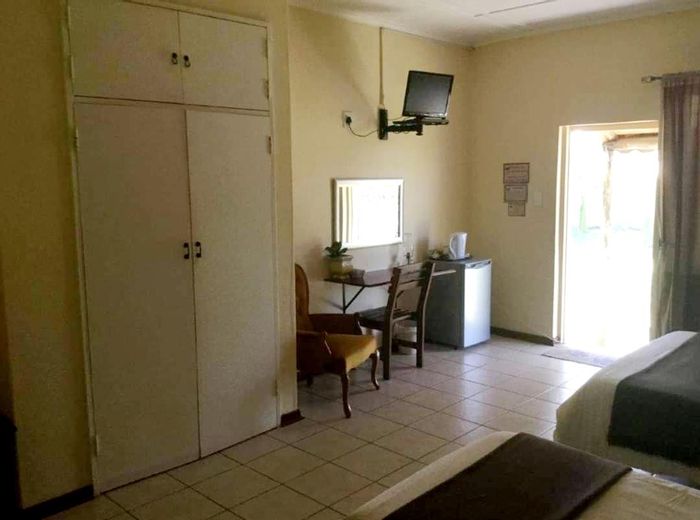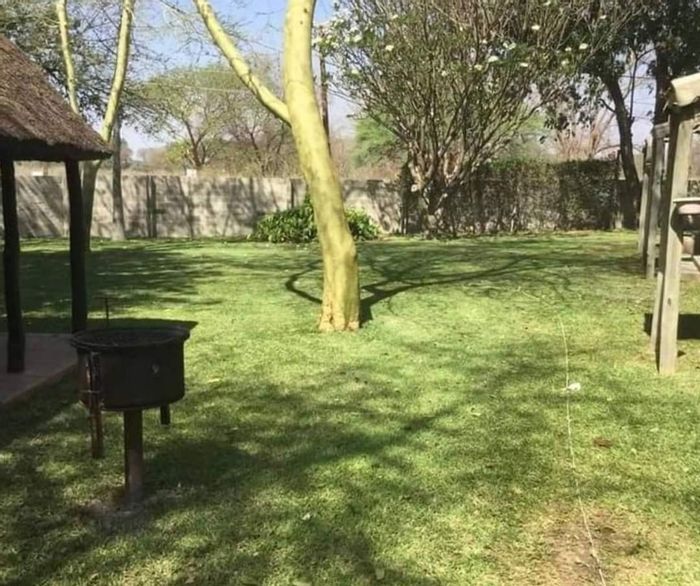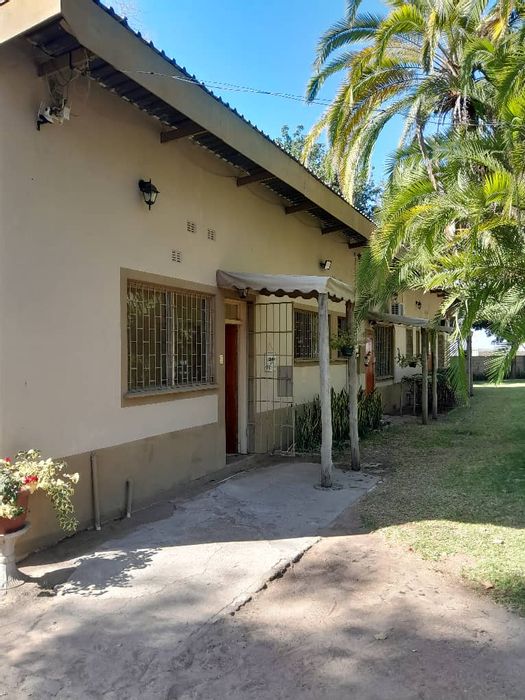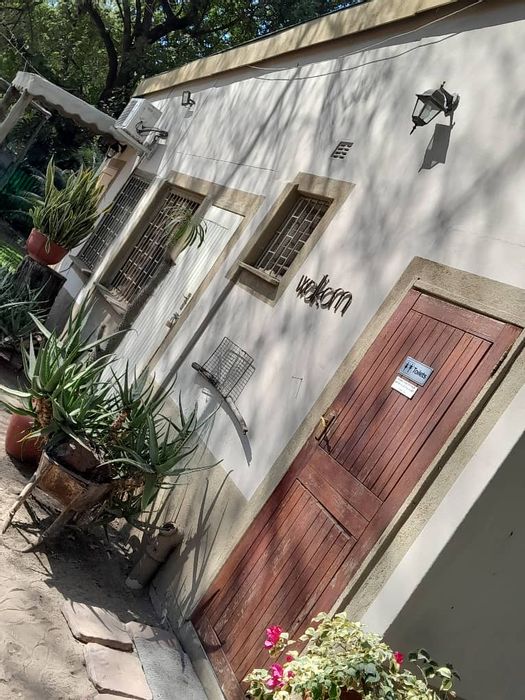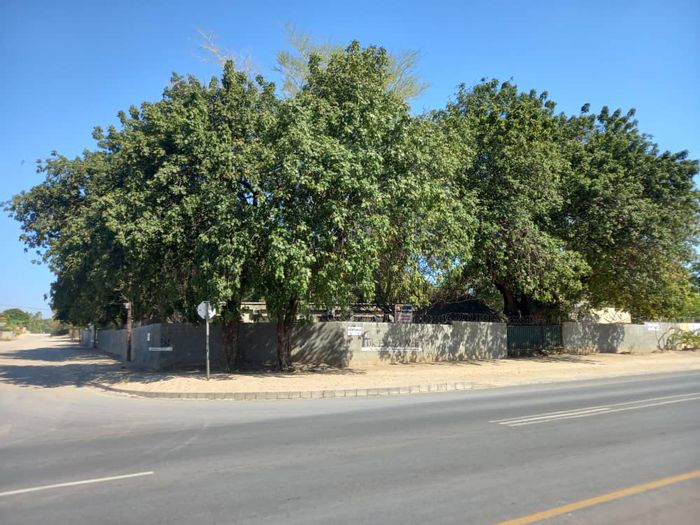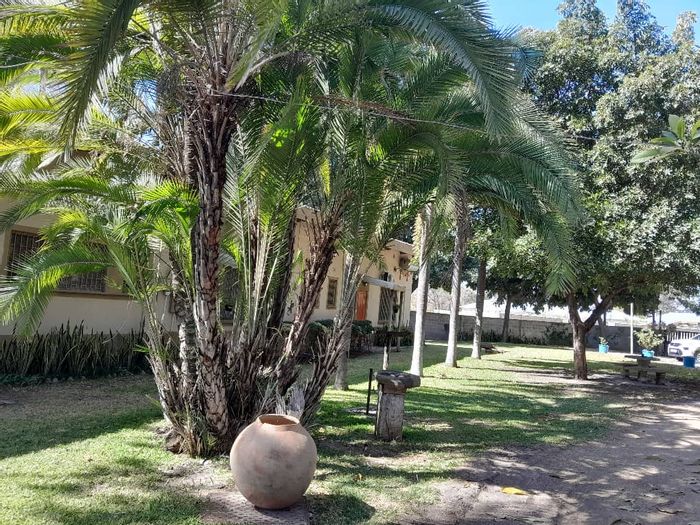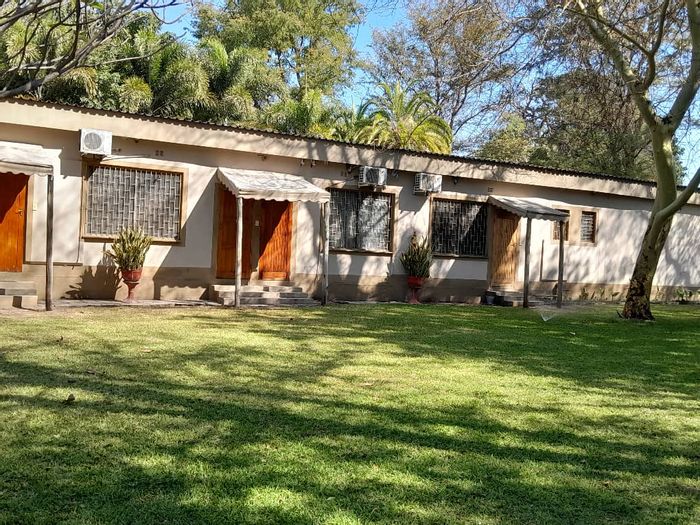Zambezi property guide
Zambezi, Zambezi Region: Property and Lifestyle Guide
Introduction
Zambezi in the Zambezi Region lies in Namibia’s far north-eastern corner, where large perennial rivers shape a green, riverine landscape. Centred on the regional capital Katima Mulilo, the area attracts buyers seeking a relaxed town-and-country lifestyle, proximity to wildlife, and access to regional trade routes. Tourism, cross-border commerce, and government services underpin daily life, while the rivers offer exceptional outdoor recreation and a distinct setting compared to Namibia’s drier interior.
Location and Accessibility
The Zambezi area is positioned along the Zambezi, Chobe/Linyanti, and Kwando river systems, with Katima Mulilo as the hub. It sits east of Rundu along the B8 (Trans-Caprivi Highway), linking the region to the rest of Namibia and Zambia via the Katima Mulilo (Wenela/Sesheke) border and bridge. The C49 connects Kongola to Ngoma, providing access to Botswana’s Chobe area and onward to Kasane and Victoria Falls. Katima Mulilo Airport (Mpacha) handles domestic and charter flights, supporting business and tourism travel.
Lifestyle and Amenities
Lifestyle in Zambezi blends small-town convenience with outdoor living. Katima Mulilo offers supermarkets, banks, fuel stations, and government services, while local markets supply fresh produce and crafts. Schooling ranges from primary to secondary, and the University of Namibia’s Katima Mulilo Campus provides higher education options. Healthcare is anchored by Katima Mulilo State Hospital and supported by clinics. Residents enjoy boating, birdwatching, and notable tigerfishing on the Zambezi and Chobe waters. Nearby protected areas—including Mudumu National Park and Nkasa Rupara National Park—provide exceptional wildlife viewing, with riverfront lodges and camps enabling weekend getaways and dining with views.
Upcoming Events
Zambezi hosts a calendar of regional gatherings that reflect its river-focused lifestyle and commercial role. The Katima Mulilo Expo typically brings together businesses, government, and community organisations for exhibitions, culture, and entertainment. Seasonal angling events on the Zambezi and Chobe draw sport fishers for tigerfish and bream competitions. Throughout the year, community cultural days, school sports, and conservation-focused activities supported by conservancies add to the social calendar and attract visitors from neighbouring regions and across the borders.
Property Market Overview
Property in Zambezi is concentrated around Katima Mulilo, with freehold houses on larger erven, modest town homes, and a limited supply of apartments. Along the river corridors, smallholdings and lodge-style properties appeal to hospitality investors and lifestyle buyers seeking water access. Demand typically comes from government employees, NGO and conservation professionals, cross-border traders, and tourism operators. Investors consider the area for guesthouses, lodges, or serviced accommodation that benefits from steady regional travel and the gateway position into Zambia and Botswana.
Conclusion
Zambezi in the Zambezi Region offers a distinctive Namibian setting defined by rivers, wildlife areas, and regional connectivity. With practical amenities in Katima Mulilo and strong appeal for outdoor enthusiasts and tourism investors, it presents varied opportunities. Explore current listings and investment prospects in Zambezi on MyProperty.com.na.

